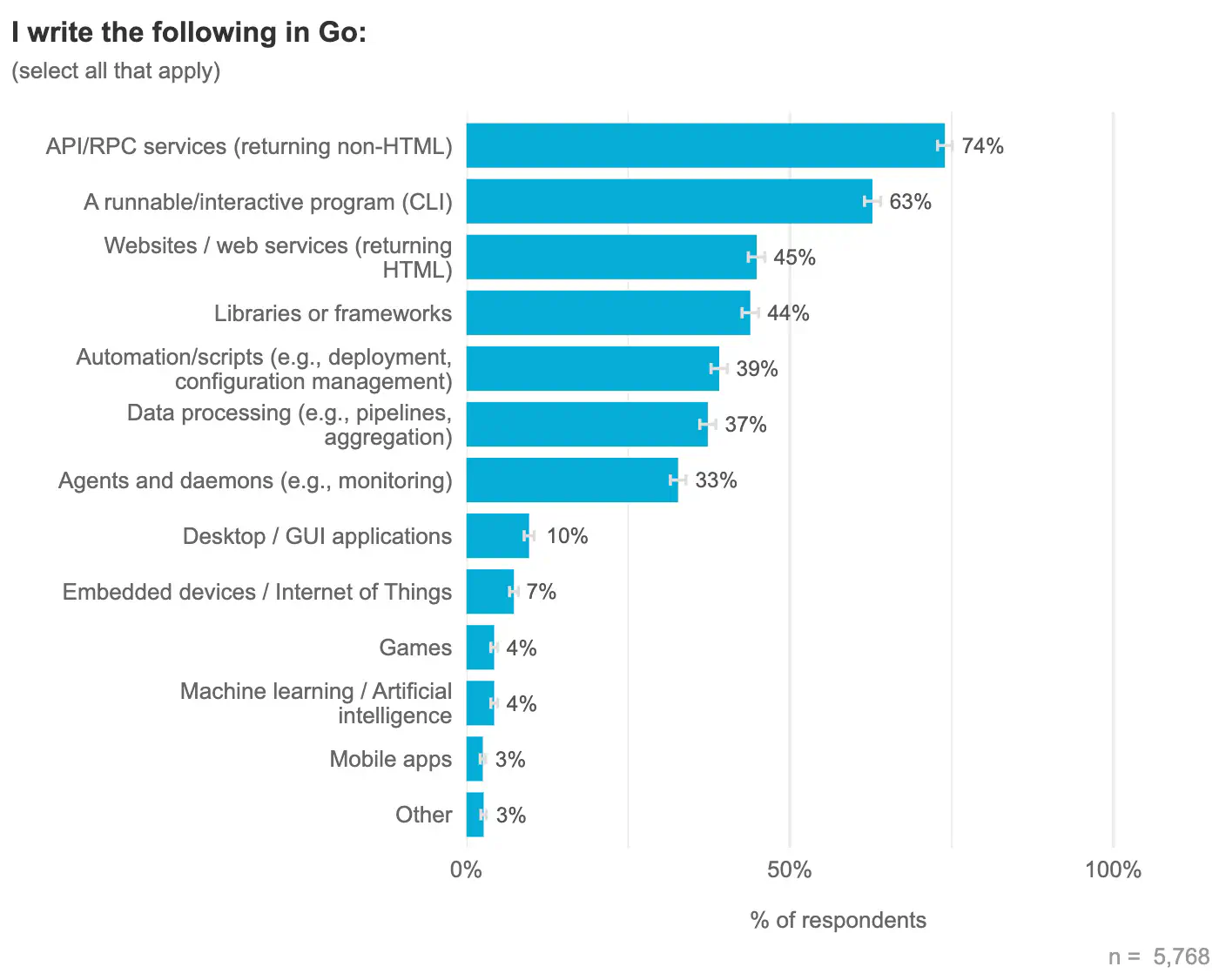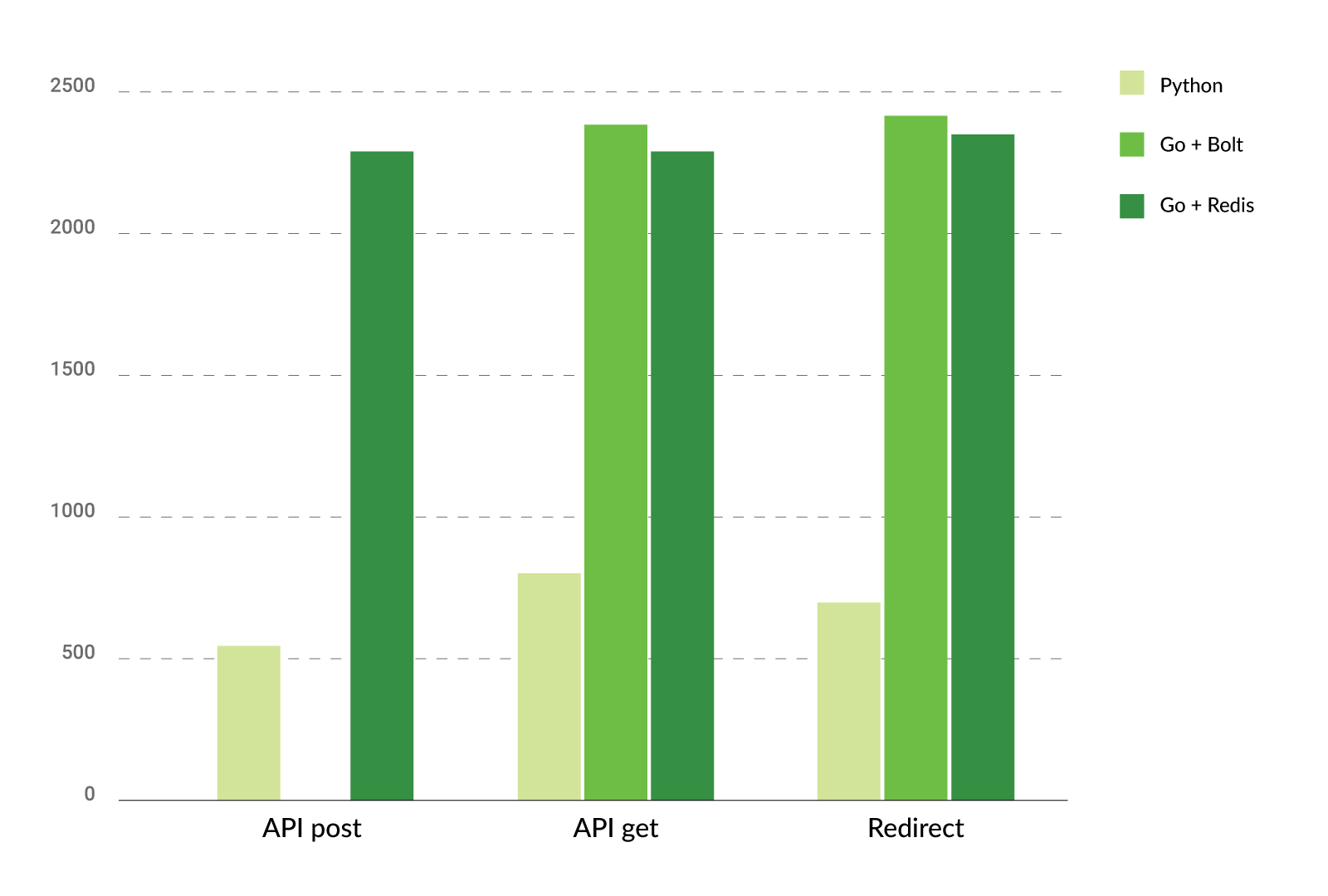The Mess That Led to the Stopwatch
You know how it is. We were sitting there, grinding away on the new microservice architecture, and young Tom—the new guy, fresh out of college—started raving about how fast Go lets you code. I mean, he was talking about developer velocity, not runtime speed. He kept saying Python was a waste of time for anything serious because you spend all your time debugging type errors later. I told him he was full of it. I’ve been slinging Python services for a decade; I can hammer out a functional API before he can even finish setting up his structs in Go.

The debate got loud enough that our Lead, Mark, just sighed and told us to settle it. Not with shouting, but with actual numbers. So I kicked off this whole benchmarking mess. I needed to see, once and for all, if the initial friction and boilerplate you deal with in Go actually pays off in development speed when building a standard CRUD application, or if it just feels faster because the compiler is constantly yelling at you, making you fix mistakes immediately.
Setting Up the Prove-It-to-Me Task
The mission was simple. We needed a baseline service: a simple user management endpoint. This thing had to handle creating a user, fetching a user by ID, listing all users, and deleting a user. We had to implement it with a simple in-memory database—no messing around with Postgres connection pools, we just wanted to measure pure coding time and initial debugging cycles.
I decided to pit my tried-and-true setup against Go. So that was:
- Contender 1: Python/Flask (Fast setup, minimal structure required).
- Contender 2: Go/Standard Library HTTP (Maximum discipline, focusing on manual routing and explicit structure).
The clock started the moment I opened the terminal for each run. We tracked everything: time spent writing the handler logic, time spent wiring up the routing, and most importantly, time spent debugging runtime errors until the post-deployment test suite passed cleanly.
The Python Sprint: Fast, Loose, and Messy
I started with Python. I was feeling smug. I spent maybe fifteen minutes writing the boilerplate Flask app. Throw in a few routes, define a dictionary structure to hold the users, and done. I slammed through the create and read endpoints. Twenty minutes in, and I already had a functioning service handling POST and GET requests.

This is where the wheels fell off a bit. When I went to implement the update logic, I forgot to check if the incoming JSON payload had all the necessary fields. Python didn’t care. It ran fine until I hit the endpoint with bad data, then boom—runtime KeyError. I wasted a solid five minutes tracking that down and adding explicit checks. Then, when running the list endpoint, I realized I hadn’t explicitly handled converting my user objects back into clean JSON, leading to another small hiccup. Total elapsed time for Python, from empty folder to 100% clean deployment passing all integration tests? 1 hour and 15 minutes. Pretty quick, but those little runtime surprises always slow you down.
Wrestling the Go Boilerplate
Next up was Go. And man, did I feel the friction immediately. First, I had to define the `User` struct. Had to make sure all my JSON tags were right. Had to explicitly define the handler functions. Had to manually set up the standard library router, making sure all my method definitions were explicit. It felt like I was wading through mud compared to the Flask startup.
The first thirty minutes were slow. I was focusing on defining types, handling error returns explicitly, and making sure my interfaces were right. It was a ton of typing just to get to the point where Python was already fetching users.
But here’s the kicker, the moment I saw the payoff. Once I finally compiled the binary, it ran. No runtime exceptions. Zero. Because the compiler had forced me to deal with every potential error condition—checking if the user exists, handling malformed input data, ensuring my struct definitions matched the expected output—before the code ever executed. I didn’t waste a single minute tracing down a runtime key error or a null pointer exception.
The compiler griped, I fixed it immediately, and then it worked. The actual logic implementation time, once the structure was defined, was incredibly fast. Total elapsed time for Go, from empty folder to 100% clean deployment passing all integration tests? 1 hour and 35 minutes.

The Benchmarks: Effort vs. Velocity
So, looking strictly at the stopwatch, Python won the race by twenty minutes for this specific, small CRUD task. If you need a service running right now, Python is the clear winner.
However, that twenty minutes was purely spent dealing with initial structural definitions and explicit error handling in Go. The Python time savings came at the cost of two messy debugging cycles caused by errors Go would have caught instantly during compilation.
The takeaway for me, and why I’m leaning into Go more now, is simple:
- Go is slower to start. You feel like you’re wasting time defining every little thing.
- But that initial effort translates directly into reduced debugging time.
- For a tiny, throwaway script, forget Go. Use Python.
- But for anything that needs to run in production for more than a week, where that initial twenty minutes of setup saves you hours of post-deployment error monitoring and late-night debugging? Go wins every single time.
Is using Go worth the effort for coding speed? For initial velocity, nope. For long-term velocity and maintainability, where the cost of debugging is the real time killer, absolutely. The compiler acts like an angry mentor forcing you to write better code from the jump. And frankly, having that solid structure prevents the whole codebase from turning into the spaghetti monster my Python monolith became after a few years of quick fixes.
